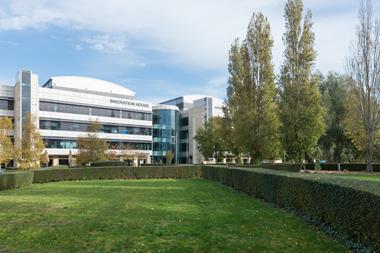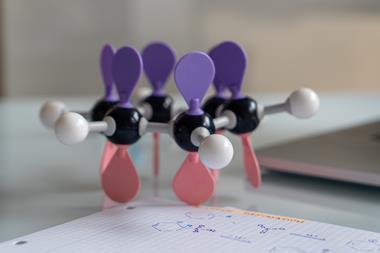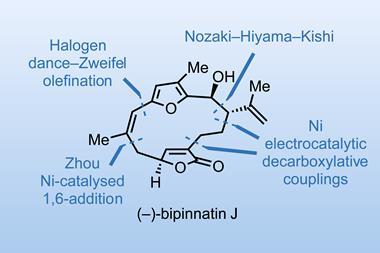Teaching as well as research can help bridge the no-man's land between chemistry and chemical engineering, says Mark Haw

Imagine an English language course that introduces students to the magic of words, and the miracles that can be achieved in a single sentence with just a few rules of grammar. Now imagine those students graduating after three or four years with no inkling that there’s a world of professional wordsmiths out there - novelists, poets, even journalists - dedicated to applying this fantastic language to the problems of everyday life.
Exchange English language for chemistry, and novelists for chemical engineers, and you can see what’s been worrying chemistry policymakers over the past couple of years: the apparently unbridgeable gap between chemistry and chemical engineering.
This no-man’s land between the two disciplines was highlighted by the 2003 Whitesides Report on UK university chemistry. A 2005 EPSRC report echoed those criticisms, while an RSC/IChemE meeting and report were devoted to the same problem in 2004-05.
Chemistry has always been the science of doing things, from inventing synthetic dyes to developing nanotechnologies, so it needs a solid connection to the world of engineering. A healthy link between the two disciplines would deliver more efficiently designed processes (better chemical engineering), based on more intelligently designed materials (better chemistry). Funding bodies such as the Engineering and physical sciences research council (EPSRC) have recently initiated several schemes to promote discipline crossover, from young academics’ networks to ’discipline hops’ that put chemists and chemical engineers directly into each others’ environments.
But while this gap is being addressed on the research level, there is still much room for improvement in teaching. For instance, my own recent straw-poll of chemistry lecturers saw a general and somewhat resigned recognition that chemistry students have little appreciation of what chemical engineers do, let alone how they do it.
Does this matter? I think it does. Even if the Whitesides warning was aimed squarely at the research gap, it is perilous to ignore its wider implications for teaching.
What the disciplines need is a robust, long-term connection. Timely research initiatives fired up by controversial reports are important, but special research funding is unavoidably temporary. When the funding moves elsewhere, there is a risk that we will revert to type and stop talking to each other.
To build a long-lasting bridge across no-man’s land, we must change the way we do things from the start: at the undergraduate level. We need to train professional chemists and chemical engineers who, as they troop out of university clutching their exam certificates, already have a self-sustaining connection to each other. These graduates should appreciate what each group does, know some of each others’ techniques, and talk the same language.
Recognition of this long-term need is out there, although it is sometimes hard to find under the gloss of research-dominated initiatives. RSC/IChemE’s report of 2005, for example, makes brief mention of the importance of academic curriculum development.
Meanwhile, in my own department at the University of Nottingham, UK, EPSRC has recently funded an initiative called DICE (Driving innovation in chemistry and chemical engineering), with new lectureships deliberately placed at the interface between chemistry and chemical engineering. Two of these cross-school lecturers are already at work; with chemists bringing their expertise to relevant modules in chemical engineering, and vice versa, DICE is a first step in knitting the two disciplines together at grass-roots undergraduate level.
Above all, we must keep the goal of long-term connection in focus. If we concentrate solely on narrow research problems that bring chemists and chemical engineers together for isolated projects, the flurry of crossover funding could be wasted.
We need to ensure that when the honeymoon’s over, we’ll still be on speaking terms.
Mark Haw is a lecturer in the school of chemical, environmental and mining engineering, University of Nottingham, UK, and author of ’ Middle world: the restless heart of matter and life’ (see Christmas reviews).












No comments yet